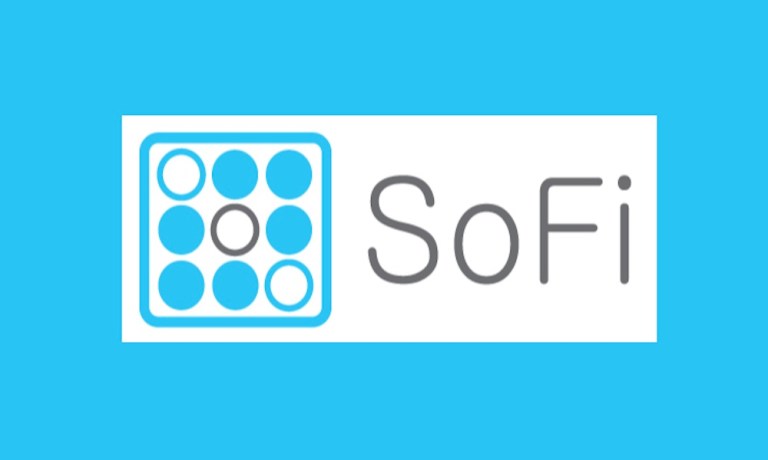SoFi’s $500M Pickup (And The Big Expansion It’s Fueling)

SoFi, the San Francisco–based lending startup, has by all reasonable metrics hit the ground in 2017 running.
To open the month of February, SoFi announced it had acquired online banking startup Zenbanx. With that acquisition, SoFi also acquired Zenbanx’s partnership with Delaware-based WSFS Bank and access to the bank’s charter and banking license. For SoFi, that means checking accounts, credit cards and international money transfers were all just added to the menu of services it offers customers, along with its historical wheelhouses of student loan refinancing and (more recently) mortgage underwriting.
SoFi, in recent years, has also expanded into asset management and life insurance. The company, however, is still pretty small. Its 225,000 customers (or members, as SoFi prefers to call them) make an impressive group.
SoFi got its start offering loan refinancing to graduates of elite universities, which means that there has always been a certain “snob appeal” baked in — but a teeny, tiny one, even by the standards of a mid-sized American bank.
But the company SoFi is today is not necessarily the company that SoFi aims to be — though by its own account it has “made an extremely strong entrance into the market” — and by all accounts its ambition is to take on the big banks with a better alternative for customers. “Don’t Bank. SoFi” is more than the tagline from the firm’s big Super Bowl ad — it’s also something of a mission statement for the firm.
And continuing the theme of running when one firms might walk, SoFi will end February with an equally big piece of news: The company has firmed up $500 million in new funding in a round led by Silver Lake with participation from GPI Capital and SoftBank.
So why such a big round — and what will it mean for the little online finance firm that is quickly moving to become a lot less little?
An “Opportunistic” Round
The new round of funding boosts SoFi’s valuation by about 15 percent by most estimates, though SoFi has not publicly disclosed any hard figures. CEO Mike Cagney recently confirmed that $4.3 billion was “in the right ZIP code.”
SoFi’s last funding round was in late September 2015, when it raised $1 billion from Softbank — and the firm reports that is has been unevenly profitable over the past several years. At present, SoFi originates about $1 billion in loan per month — and notes that this latest round of funding will not actually go toward loan underwriting.
“The latest round of funds will be used to advance the firm’s long-term vision of being a one-stop shop for our members. Our goal is to be the central point of our members’ financial lives — and the funds will help SoFi move more quickly into a wider range of financial services products,” the bank stated.
The funds will also be used to push SoFi’s planned efforts at international expansion — particularly into Australia.
The newest round of funding brings SoFi’s total equity funding to $1.9 billion, which — CEO Mike Cagney recently joked with reporters — was at least one reason to think it might be able to take on the big banks and win.
“That and also the fact that we’ve been able to execute and create investor confidence, and people understand the vision we’re trying to deliver,” Cagney noted.
What is that vision shaping up to look like?
Extremely Personal Banking
SoFi is an unusual financial services player in a number of ways. While lots of FIs offer financial planning sessions or classes for their customers, SoFi is a pioneer in that it also offers dating assists like social mixers for its high-achieving (and high-earning) member group.
And while taking dating help from one’s bank (or bank alternative) might seem … well, a little odd — for SoFi, it’s a baked-in part of the business model.
“We’re the only personal finance company focused not just on people’s money, but their careers and relationships as well. We know this opportunity doesn’t just exist in the United States and look forward to bringing the SoFi approach to finance to more people around the world,” Cagney noted.
And though rumors have circulated that at least one big bank has tried to buy SoFi — reportedly as a source of lead generation because of SoFi’s young and affluent-leaning client base — the firm has reportedly just said no because at the end of the day, CEO Mike Cagney doesn’t want to work for a bank — he wants to disrupt them.
“The problem [at banks] isn’t the lead generation, it’s the product offering,” he says. “People want speed, transparency and alignment.”
SoFi thinks it is the firm to offer those things — and it now has $500 million in new money to help it get there faster.